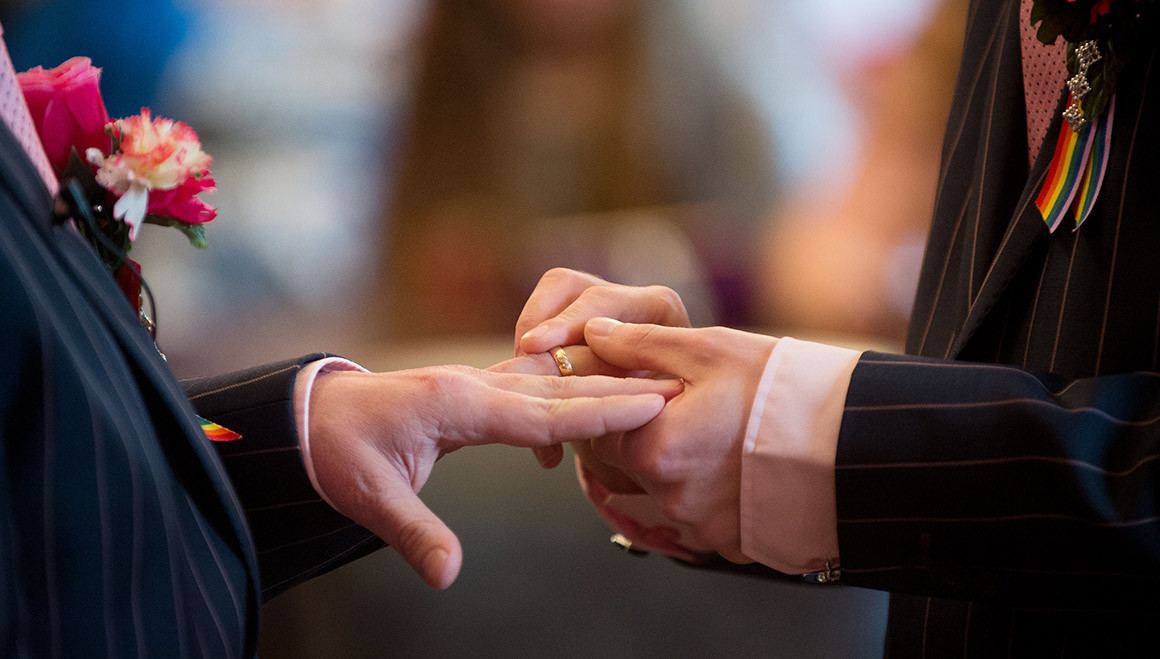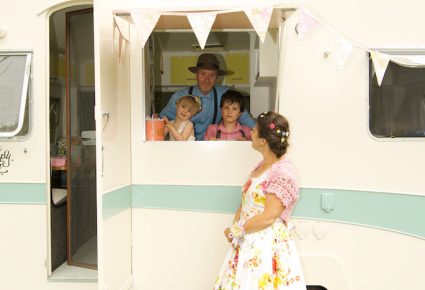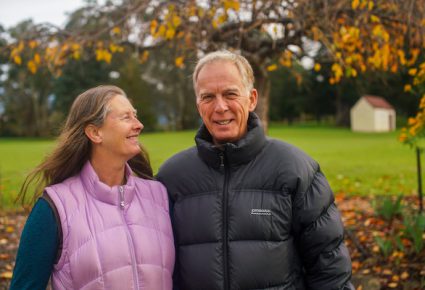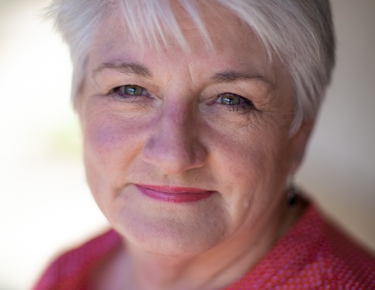by Michael Veitch
As a civil celebrant, Robynne Mauger, from Rainbow Celebrant Yarra Valley, has had the pleasure of marrying people in some rather unusual places: by the side of a swimming pool, high up on an escarpment overlooking the Yarra Valley, in the middle of a forest, and in a horse menage. “One couple I married at home with the bride in her pyjamas,” she says. ‘She didn’t feel the need to get changed!’
Another memorable occasion was hearing the happy couple take their nuptials inside a boxing ring. “He was a martial arts expert, and she was Thai, so I married them in the main ring of his studio. It was a sort of Thai-styled, martial arts-themed wedding.”
More and more, however, Robynne finds herself conducting marriage ceremonies in places and under circumstances few people would normally associate with the traditional wedding, such as beside a hospital bed where
one partner has only a few months, sometimes even days, to live. On such occasions, however, the need to acknowledge a committed relationship is only part of the story. Increasingly, says Robynne, long-term couples facing end-of- life situations are marrying for important legal reasons and, like many things in life, it comes down to securing assets.life, it comes down to money.
Many people remain unaware that despite the clearly stated intentions of their will, their wishes can be challenged – often successfully – by insurance and superannuation companies reluctant to part with their money. “Sometimes, when I have this conversation with older people,” says Robynne, “the penny suddenly drops that there may well be a legal challenge to their intentions. Unless, of course, they are married.”
Deciding to leave one’s entire estate to one’s partner will not necessarily be honoured if an institution senses even a hint of inauthenticity about the relationship. “It’s often important for couples to shore up their legal position, and alleviate any concerns about insurance challenges that might unexpectedly present themselves,” Robynne says, for example, one such ‘challenge’ may be if the couple were known to have been separated at any time in the past, even if only for a few months. However, all this becomes academic if the relationship is given the legal conjugal status of marriage. “Being married draws a line under the whole question, and cannot usually be challenged,” she says.
Sometimes the reasons can be more nuanced. One of Robynne’s recent weddings was between two residents of an aged care home, where one partner was determined to see the other cared for after his passing, rather than his estate going to his children. “They were both in their eighties,” she says, “but he was determined to see his long-term partner looked after with no complications.”
Far from being sombre ceremonies, end of life marriages can bring great comfort and relief to a person, knowing their final wishes are to be acknowledged and carried out. Often the ceremony is altered to be slightly more reflective, but it is still romantic, there are still the personal stories and dedications and everyone, including Robynne, sheds a tear. “The bride is still in her wedding dress, and it is still moving, perhaps even more so,” she says..
There is one alteration Robynne makes which perhaps captures both the gravity and the honesty of the circumstances. Instead of the traditional ‘till death do us part’, she inserts a phrase of her own, “Let there be no whispers or secrets.”
Romantic indeed.
“End of life marriages can bring great comfort and relief to a person, knowing their final wishes are to be acknowledged and carried out.”




